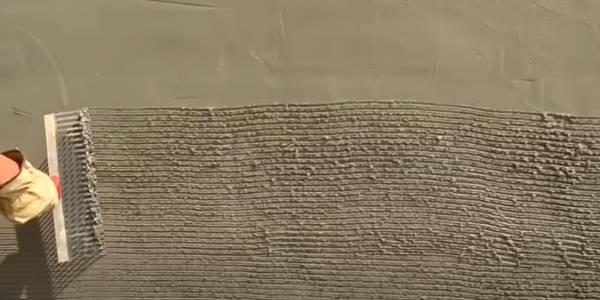
Spray water to clean the dust on the wall.
First, spray water to clean the dust on the wall and keep the wall in a certain humidity to prevent the moisture in the mortar being quickly absorbed by the wall body and resulting in wall bulging.
Plastering refers to the plastering process conducted on walls when the building frame structure is completed to make the building surface smoother and provide convenience for later decoration. Metal lath is constructed by slitting and stretching galvanized steel or stainless steel sheets, and the thickness of strand doubled to facilitate the plaster keys to be bonded to the lath and prevent buildings from cracking. Metal lathes are widely used in brick walls, stone facing, ceilings and wood structure buildings.


Spray water to clean the dust on the wall.
First, spray water to clean the dust on the wall and keep the wall in a certain humidity to prevent the moisture in the mortar being quickly absorbed by the wall body and resulting in wall bulging.

Apply the metal lath and make it cover the whole wall surface.
Second, cover the whole wall area with metal lath and make sure the metal lath is flat and firmly fixed onto the wall to prevent metal lath bulging from the mortar and leading to metal lath rust due to oxidation.

Fix the metal lath firmly and then apply mortar on it.
Third, apply mortar evenly on the metal lath fixed onto the wall.

Ceiling with installed auxiliary support
First, install auxiliary supports, timber formwork and support bars to support fixtures, devices and heavy ornaments, etc.

Fix the metal lath onto the ceiling.
Second, install and fix metal lathes onto the ceiling firmly.

Apply mortar onto the metal lath.
Third, apply the mortar onto the metal lath fastened onto the ceiling.

Fix the metal lath onto the waterproof layer.
First, lay the waterproof layer on the plywood and fix it. And then, apply and fix the metal lath onto the waterproof layer. Make sure all metal lath seams are overlapped.

Apply and scratch the mortar surface.
Second, apply the mortar evenly onto the metal lath and dry it for 30 minutes. And then, scratch the mortar surface to increase the mortar adhesion.

Apply mortar at the back of the stone veneer and install it onto the dried mortar surface.
Third, apply the mortar at the back of the stone veneer and then rotate it back and forth into the scratch-covered mortar layer.

Lay waterproof layers and metal lath on the wood wall surface.
First, lay 2 waterproof layers evenly on the wood wall surface and then cover the whole area with metal lath. Make sure the metal lath surface is flat and then fix it onto the wood wall.

Apply the first mortar layer.
Second, spread a 3/8" thick layer of mortar on the metal lath with a trowel and then scrape the entire mortar surface with a metal rake, covering the surface with horizontal and vertical scratches to increase mortar adhesion. Wait for the mortar layer curing upon local weather conditions.

Apply the second and third mortar layers.
Third, dry up the first mortar layer until it has sufficient strength and rigidity. And then, spread the second and third mortar layers as soon as possible to prevent the existing layers being damaged before applying the next mortar layer.